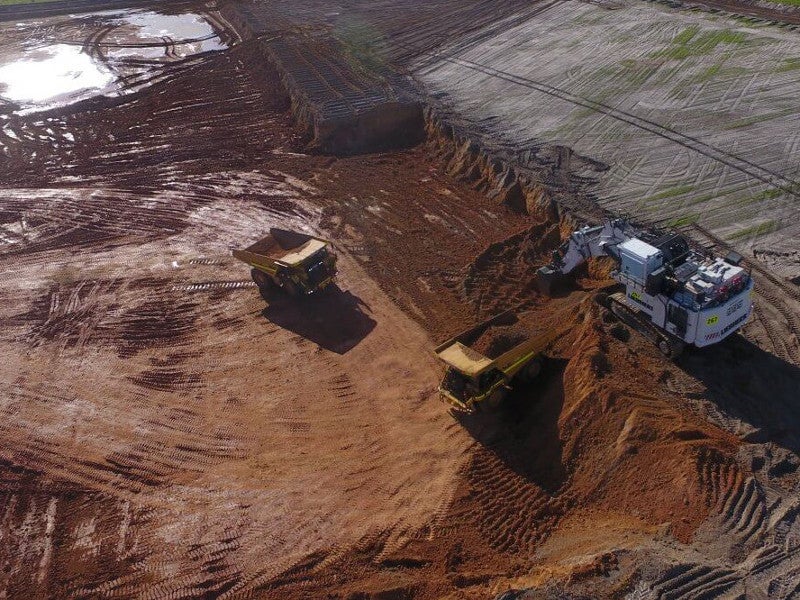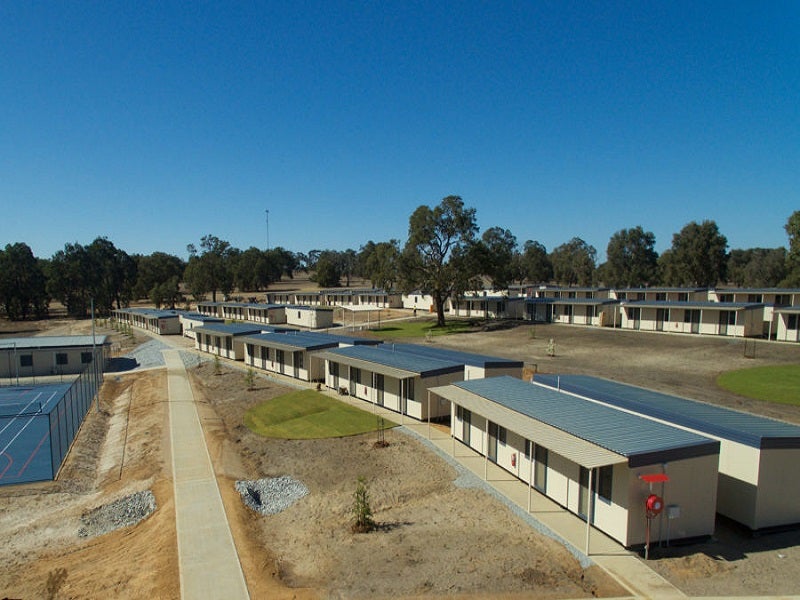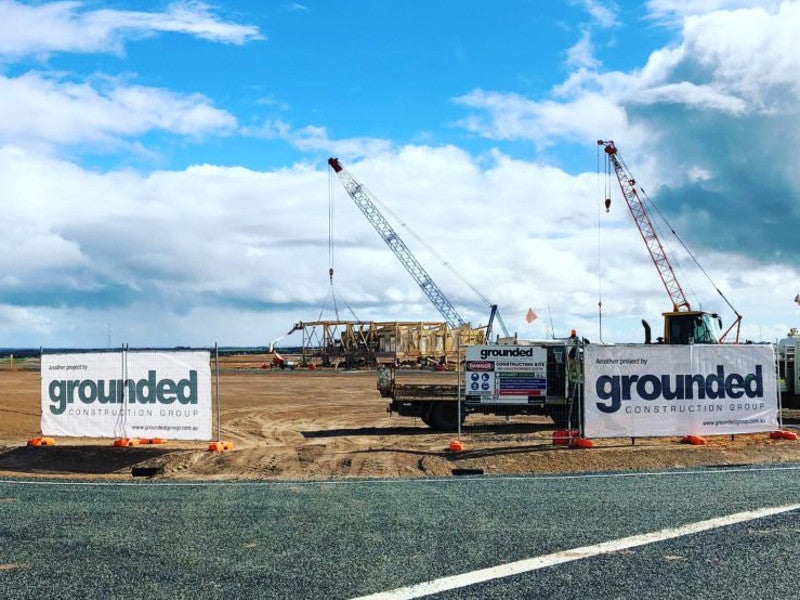The Cataby mineral sands mine is a predominantly chloride ilmenite deposit in Cataby, Australia.
Developed by Iluka Resources with a total capital expenditure of approximately $188.56m (A$275m), the project has an anticipated mine life of 8.5 years with the possibility of extension by an additional four years. The extension of life is based on the prospect of accessing an additional 40 million tonnes (Mt) of ore reserves.
The Cataby mine development was approved in December 2017 and production started in April 2019. It involves the mining of 18 mining pits over a 20km strike length.
Cataby is estimated to produce approximately 370,000 tonnes per annum (tpa) of chloride ilmenite along with rutile and zircon. The chloride ilmenite produced by the mine is used as a feed source for Iluka’s synthetic rutile operations at Capel in south-west Western Australia.
The project created 600 jobs during construction and is expected to generate approximately 600 jobs during its operational life.
Cataby mine location
The Cataby mineral sands project is located near the town of Dandaragan, approximately 150km north of Perth in Australia.
The mine lies within the Wheatbelt region in Western Australia, near the Cooljarloo mineral sands mine operated by Tronox.
Cataby mine reserves
As of December 2018, the proven and probable reserves of the mine were estimated to be 120Mt, including 87.8Mt of proven reserves and 32.6Mt of probable reserves.
Mining method at Cataby mineral sands mine
The Cataby mine is a conventional mineral sands development employing a combination of dozer push and truck, as well as excavator mining to feed two in-pit mining units. The mining fleet includes 14 haul trucks, ten dozers, five excavators, four graders, four water carts and three scrapers. Mining operations are currently conducted in pits 2, 9, 11 and 13.
The ore is transported to an apron feeder conveyor through a sizer and into a hopper, where it is slurried and pumped to surface screening plants equipped with trommel and scrubber.
The feed to the screening plants is pumped from in-pit mining units. Alternatively, it can be dry fed from the run-of-mine stockpile.
A wet high-intensity magnetic separation (WHIMS) plant is installed on-site for segregating the magnetic (ilmenite) and non-magnetic product streams (zircon and rutile).
The pre-mining dewatering process comprises in-pit dewatering and ex-pit bore fields while the wet tailings storage utilises pre-mined pits.
Cataby mineral sands mine production and processing details
Cataby mine’s operations are classified into north and south operations with a central processing facility. The mine’s average annual output is estimated to be approximately 185,000t of non-magnetic heavy mineral concentrate, which will comprise 50,000tpa of zircon and 30,000tpa of rutile.
The volume of magnetic heavy mineral concentrate is estimated to be 375,000t of ilmenite that will be processed to produce 200,000t of synthetic rutile, an upgraded ilmenite product.
The chloride ilmenite material produced at the mine is processed into premium grade synthetic rutile at Iluka’s SR2 kiln at Capel and then exported from the Port of Bunbury.
The non-magnetic stream sourced from Cataby is processed at Iluka’s Narngulu mineral separation plant in Geraldton and shipped out of the Port of Geraldton.
Iluka already entered agreements with Western pigment producers for the offtake of 85% of the synthetic rutile production from Cataby for at least four years.
Infrastructure at Cataby mineral sands mine
The project infrastructure includes two mining villages and a facility intended to oversee mine infrastructure administration and maintenance. It also includes medical areas and two warehouse spaces.
The site also has the required infrastructure to host communication equipment to enable the transmission of process data from the site to Iluka Resources’ head office in Perth. A water treatment plant is being constructed for the treatment of raw water. In addition, a subterranean wastewater treatment plant is being installed to dispose of wastewater.
Pavement systems were constructed for heavy vehicles, along with speciality secured unloading areas. Work also included upgrades to the Brand Highway and the North Capel and Narngulu plants.
The project also relocated equipment from other Iluka operations, including the Newman concentrator from the former Eneabba mineral sands mine in Western Australia.
A new substation was constructed for power supply and electricity is supplied from the South West Interconnected System electricity grid. The site also includes thickeners, process water dams, heavy mineral concentrate pads, flocculant plant, offices and a site access road.
Contractors involved
Piacentini & Son was selected as the mining contractor to operate and maintain bulk earthmoving fleet and equipment. Qube Holdings is responsible to provide logistics services for the project.
Simpec received a contract to install a flocculant treatment plant for a new process plant at the Cataby mine, in November 2018.
Grounded Construction Group was contracted for civil works at the site, while Clough Group was engaged to conduct pre-feasibility studies for a new mineral sand plant, an accommodation village, and a mining unit.
Engineering consultant WSP provided detail engineering design for the Cataby mineral sands project.
Iluka awarded a contract to Pentium Hydro for drill dewatering and injection wells at the project’s southern development operations, in January 2020.
CaterCare secured a contract to provide catering, accommodation and facility management services, in August 2018.






